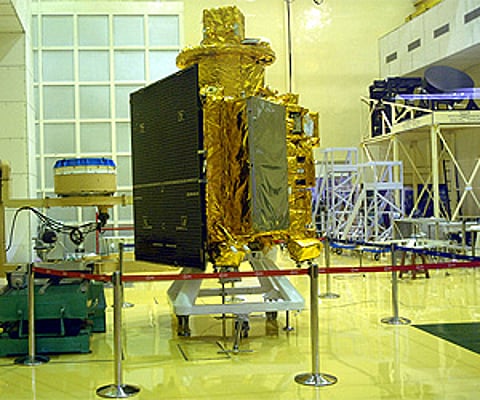ISRO's Chandrayaan 2 Mission launch in April, to aim for moon's south pole
NEW DELHI: The Indian Space Research Organisation (ISRO) is planning to launch Chandrayan-2 Mission, the country’s second mission to moon, around April this year and will cost around Rs 800 crore, the government said Friday.
Chandraayan-2 will be different from the agency’s maiden launch in 2008 as for the first time it will carry an orbiter, a lander and a rover to the moon.
The Secretary, Department of Space and Chairman Space Commission Dr. Sivan K said that the total cost of the Chandrayaan 2 mission will be about Rs 800 crore.
“If the mission’s launch could not take place in April due to unsuitable weather, the window for launch is open till October this year,” he told reporters here.
Sivan further said that ISRO plan to land rover near the South Pole as it has very old rocks formed a million years ago and could possibly help in understand the origin of universe.
"India is going to launch Chandrayaan-2 in April. It is under Chandrayaan-1 mission that the ISRO spotted water on the moon. Chandrayaan-2 is a further extension of the project and it is as good as landing a man on the moon," Jitendra Singh, in-charge of the Department of Space told reporters here.
The Chandrayaan-2 is a totally indigenous mission comprising of an Orbiter, Lander and Rover. After reaching the 100 km lunar orbit, the Lander housing the Rover will separate from the Orbiter. After a controlled descent, the Lander will soft land on the lunar surface at a specified site and deploy a Rover.
The six-wheeled Rover will move around the landing site in semi-autonomous mode as decided by the ground commands. The instruments on the rover will observe the lunar surface and send back data, which will be useful for analysis of the lunar soil. Collection of soil and rock sediments is not planned in this mission.
The benefits that are likely to accrue to the country on accomplishing this mission include upgradation of Indian technological capabilities, enhanced understanding of moon’s surface and environment and opportunities for younger generation in the country for planetary research.
(with PTI inputs)

